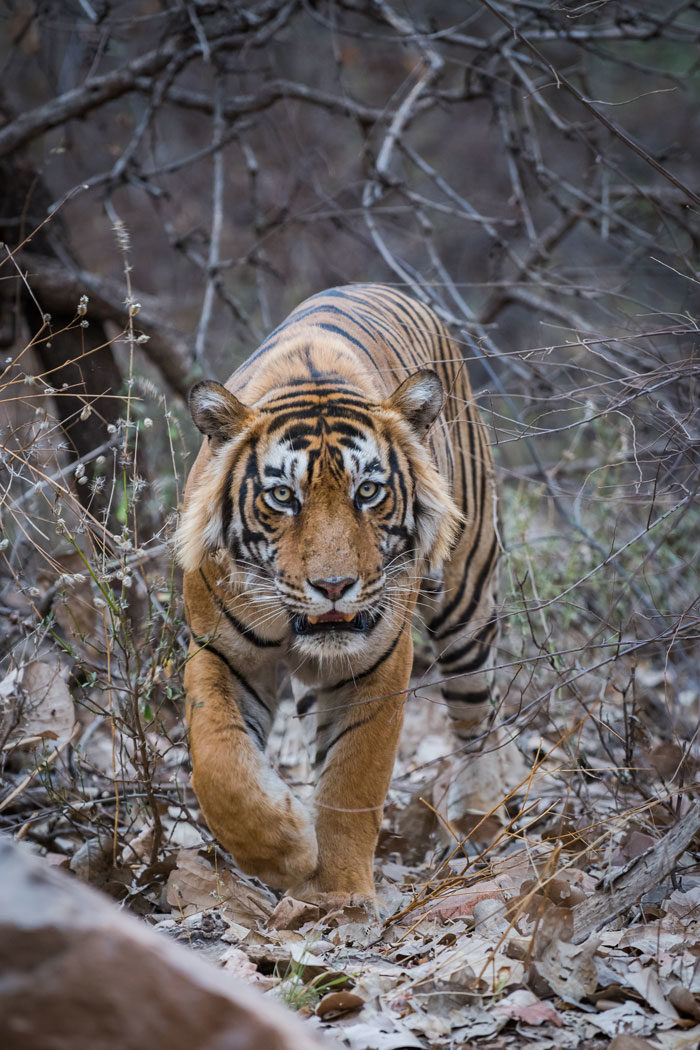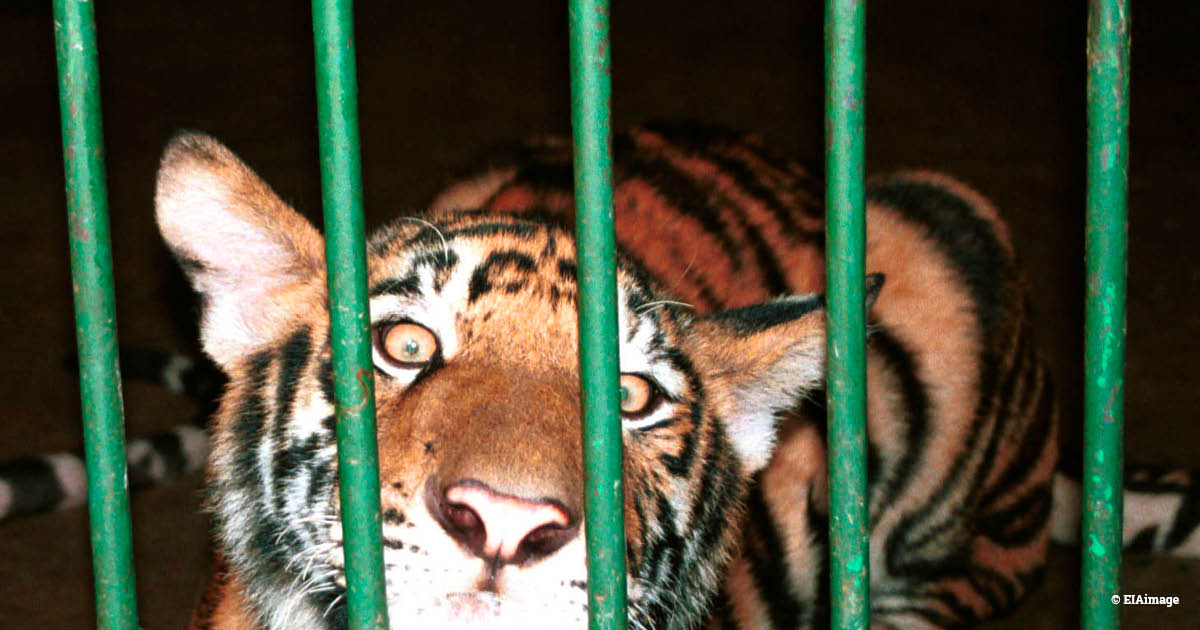It’s not too late for wild tigers – but they need a big change in attitudes and policies


In 2010, 29 July was designated Global Tiger Day by the heads of State of all 13 tiger range countries when they signed the St Petersburg Declaration in Russia. It was one of 10 action points aimed at doubling the world’s wild tiger population, then estimated at 3,643, by the next Year of the Tiger in 2022.
Ten years on, the world is rightly celebrating progress in some of the tiger range countries, particularly in south Asia where hundreds of millions of dollars of government money has been invested in protection.
 The underlying foundation of progress in this region has been a combination of awe-inspiring tolerance of the communities that live with tigers, long-held policies that place value on the tiger alive and in the wild as symbols of the health of the ecosystems in which they live and a well-established civil society support network.
The underlying foundation of progress in this region has been a combination of awe-inspiring tolerance of the communities that live with tigers, long-held policies that place value on the tiger alive and in the wild as symbols of the health of the ecosystems in which they live and a well-established civil society support network.
In contrast, we have seen tigers tragically wiped out of parts of their South-East Asia range. Sadly, there has not been the same level of investment by governments for in situ conservation and, in fact, in some cases government policy has gone in the opposite direction to encourage the commodification of the tiger and so enable its use and consumption – principally, the practice of commercial tiger breeding and the trade in captive tiger parts and products, which the UN recognises creates opportunities for criminals to make profit.
In the lead up to Global Tiger Day 2020, Thai media reported “Wild tiger population on course to double numbers”. In 2010, the country reported an estimated 200 tigers and, digging beneath the headlines, it seems there has been progress in the Western Forest complex where there are now 43 more tigers than in 2010. But while news on tiger sub-populations elsewhere in Thailand may emerge following national events today, the headlines seem ambitious.
What the media did draw attention to was the fact that only 51 of the 147 tigers confiscated from the infamous Tiger Temple in 2016 have survived; Government officials advise that most of the deaths had been due to illness and that weaknesses and conditions associated with inbreeding are a major factor.
No-one has actually been prosecuted for the unregulated breeding and trade in tigers and tiger parts from the Tiger Temple, despite the overwhelming evidence.
 There are hundreds of tigers in other high-risk facilities throughout Thailand and no indication that the Government truly has a handle on what is going on. There haven’t been any recent seizures of tigers being trafficked, yet wildlife traders operating across the Mekong are continuing to source wild and captive tigers from Thailand to feed into digital consumer market on social media.
There are hundreds of tigers in other high-risk facilities throughout Thailand and no indication that the Government truly has a handle on what is going on. There haven’t been any recent seizures of tigers being trafficked, yet wildlife traders operating across the Mekong are continuing to source wild and captive tigers from Thailand to feed into digital consumer market on social media.
Along with addressing the open advertisement of tiger bone glue being manufactured in Thailand and marketed to consumers from Vietnam, there seems to be much more policy and enforcement action that Thailand can take to give wild tiger populations a fighting chance.
Nowhere have we seen a more stark example than in Laos of how the policy and practice of farming tigers has failed to save them. Between 2002-15, the Government was issuing permits for licensed tiger farms to breed and kill tigers for their body parts and export them. In such a policy environment, it is no wonder that by 2019 the wild population had been more or less wiped out.
Analysis of available seizure data since 2000 indicates that Laos authorities have seized 39 tigers, while at least a further 36 have been seized in Vietnam and suspected to have come from Laos. Meanwhile, companies openly offering tiger and other illegal wildlife have persistently operated for years under the nose of authorities, the tiger farms are run by criminal enterprises and wildlife traders from across the region continue to use Laos as a safe haven for their operations.
If Laos is to revive its status as a tiger range state, a paradigm shift in philosophy, policy and practice would be essential before any moves to translocate wild tigers could be conceived.
Likewise, in Vietnam, the apparent free-for-all in some provinces has enabled criminal elements to profit from the brutal slaughter of tigers, many of them procured as cubs from Thai and Laos captive tiger facilities. While the new Prime Ministerial directive may result in renewed enforcement effort and set a new tone of intolerance towards tiger trade, it has come too late for Vietnam’s wild tigers, also believed to be extinct.
All the more reason for the Government of Myanmar to reverse its proposal to breed tigers for commercial purposes and turn instead to neighbouring India for lessons on good practice to secure wild tiger recovery. It’s not too late for Myanmar’s wild tigers.
Doubling the world’s wild tiger population may take longer than the remaining two years we have until the next Year of the Tiger but if, in that time, we can see a significant transformation in attitudes and policies towards the tiger – a recognition of how important the iconic creature and its habitat are as a potent symbol of our post-coronavirus recovery – then we have a much stronger foundation upon which to build.